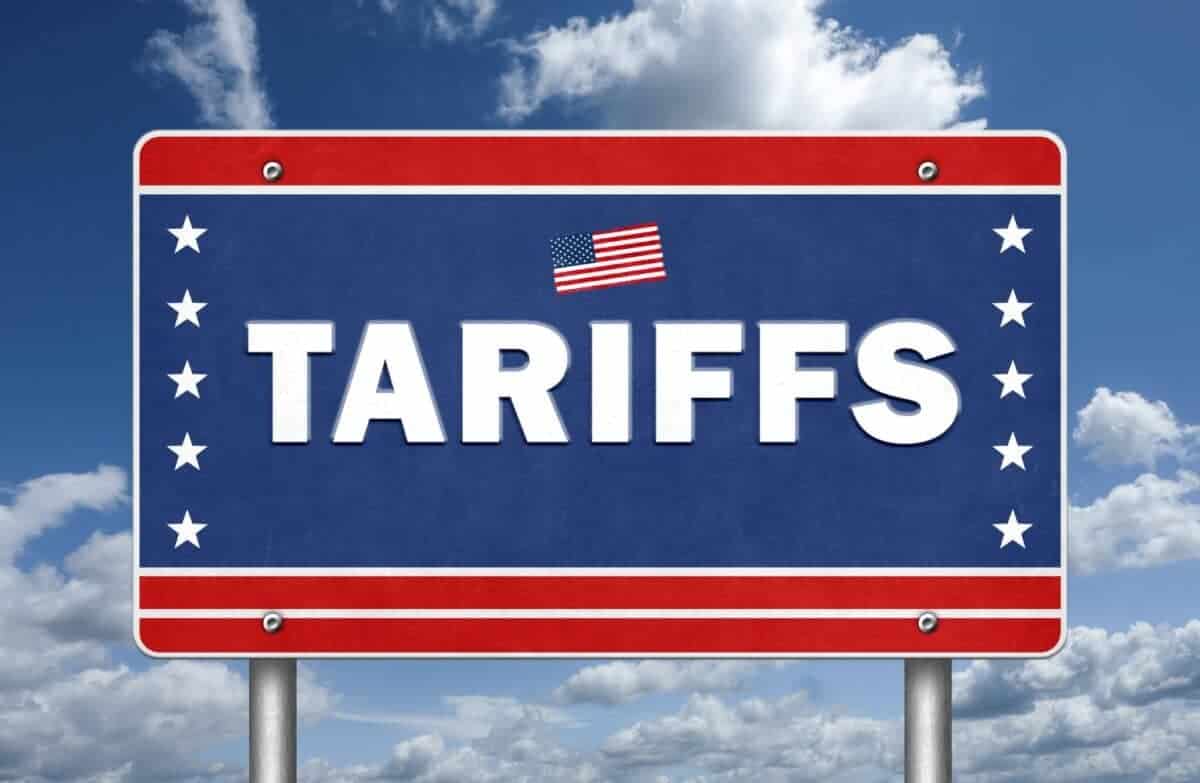The European Central Bank says the recent US-EU trade agreement has reduced tensions but left key risks unresolved.

The US-EU trade deal has eased but “certainly not eliminated” global uncertainty, European Central Bank President Christine Lagarde said Wednesday.
Speaking at a panel at the World Economic Forum in Geneva, Lagarde said the deal had left the effective US tariff rate for EU goods at between 12 and 16 percent.
Trump’s tariff plans remain unclear
The tariff rate was “somewhat higher” than the ECB had forecast, she said, adding that President Donald Trump’s plans for sector-specific levies on pharmaceutical goods and semiconductors remain unclear.
The ECB expects eurozone activity to slow in the third quarter of 2025 after a strong start to the year.
Lagarde said that “global growth has remained broadly steady so far” but cautioned that “this resilience has been mainly driven by tariff-induced distortions of economic activity”.
She noted that, in the first quarter of the year, “importers boosted their inventories in anticipation of higher tariffs”.
Tariff threats on EU exports
Trump has imposed painful import tariffs on countries around the world in an attempt to boost US manufacturing and reduce his country’s colossal trade deficit.
ALSO READ: Agricultural exports doing well so far despite US tariffs – but farmers dread next season
He had initially threatened steep 30 percent tariffs on EU imports but late last month Brussels and Washington reached a deal which lowered that to 15 percent, with the bloc trying to secure exemptions for certain sectors.
However, in recent weeks Trump has raised the possibility of additional tariffs hitting certain sectors such as pharmaceuticals, which account for 20 percent of the the EU’s exports to the United States.
The EU-US deal was struck a few days after a meeting of the ECB’s governing council at which it decided to hold interest rates steady after consecutive cuts.
ECB outlook and future forecasts
That was seen as a sign of caution as policymakers waited to see what effects the US tariffs would have.
In its last macroeconomic projections in June, the ECB lowered its inflation forecast to two percent for 2025 due to lower energy prices and a strengthening euro.
At the same time it lowered its forecast for GDP growth in 2026 slightly to 1.1 percent.
Lagarde said that new forecasts set to published in mid-September will take into account “the implications of the EU-US trade deal for the euro area economy”.
NOW READ: Unemployment could get even worse in third quarter due to US tariffs






